Virginia QSO Party
For some reason the Virginia QSO Party has garnered much attention for clubs like mine. Members pick how they want to operate be it fixed, portable or mobile. Mobile operation has been quite popular including focused HF efforts for 40 and 80 meters. This post highlights one particular HF mobileer that has found the secret sauce for low band mobile HF.
Photo journey of W4GO’s low band HF antenna build
Pictures are worth lots. Let’s have a look where W4GO focuses his efforts to yield a championship signal for VAQP mobile operations.
Every optimization inspired by HF mobileers including K0BG, etc. exists in the above design.
Results Virginia QSO Party 2018
The following graphs detail some attributes hour by hour for W4GO/M.
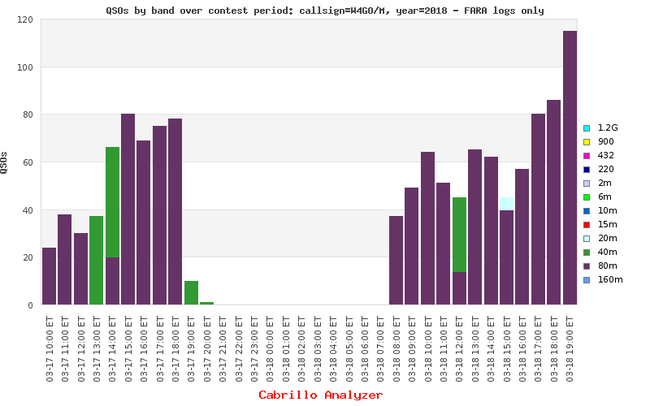
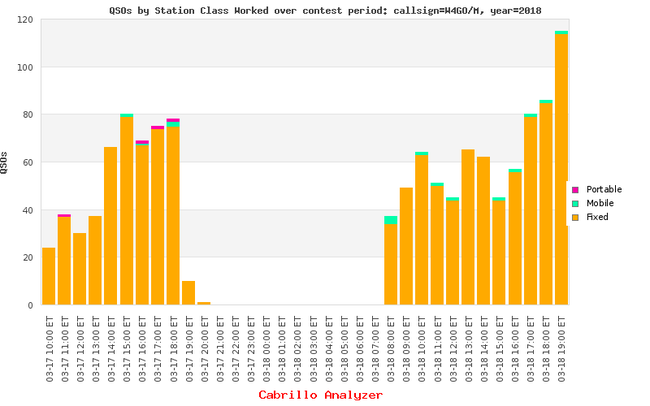
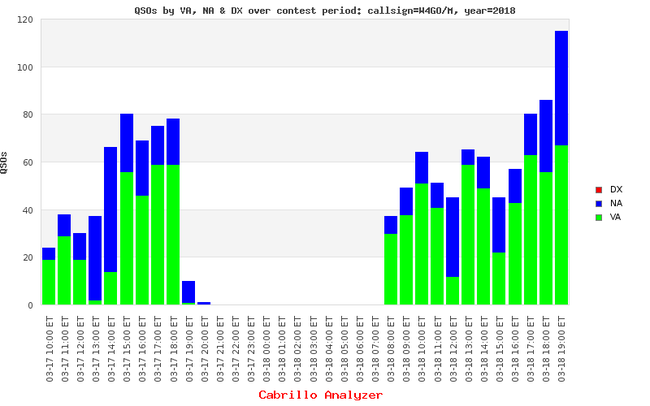
Results Virginia QSO Party 2019
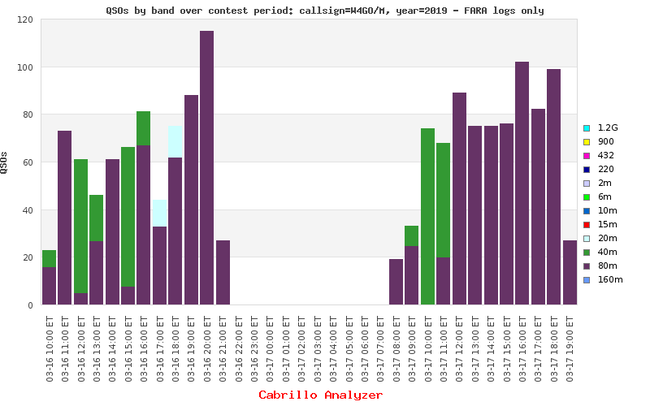
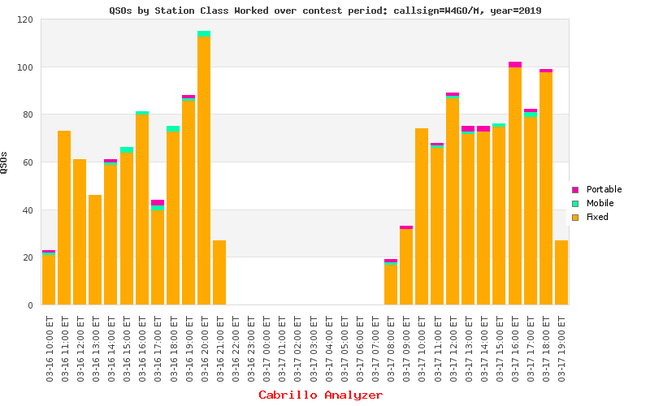
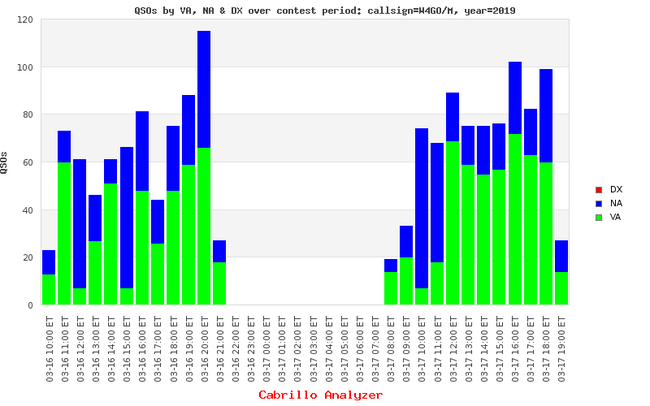
QSOs by distance
The logs of VAQP participants record time, band, each station and each station’s location. Since this is the Virginia QSO Party, the location of Virginia stations is the county or independent city. Using the centroid geographic coordinates of these counties and cities, we can calculate the distance between stations with sufficient accuracy for propagation study.
Let’s look at W4GO/M’s instate (Virginia to Virginia) 80m QSO counts vs. the distance between stations for 2018 and 2019…
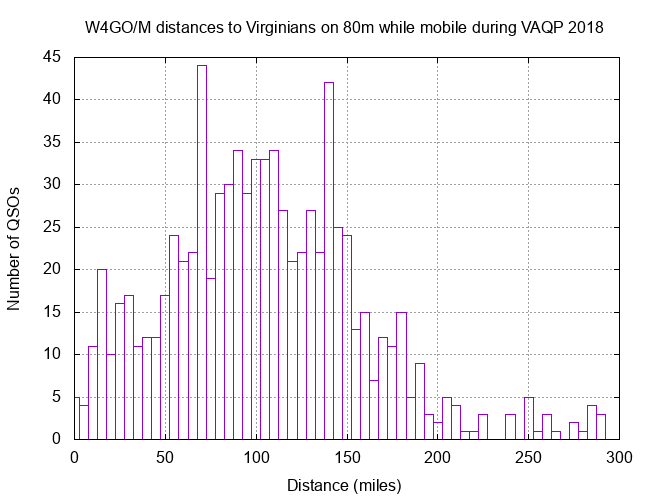
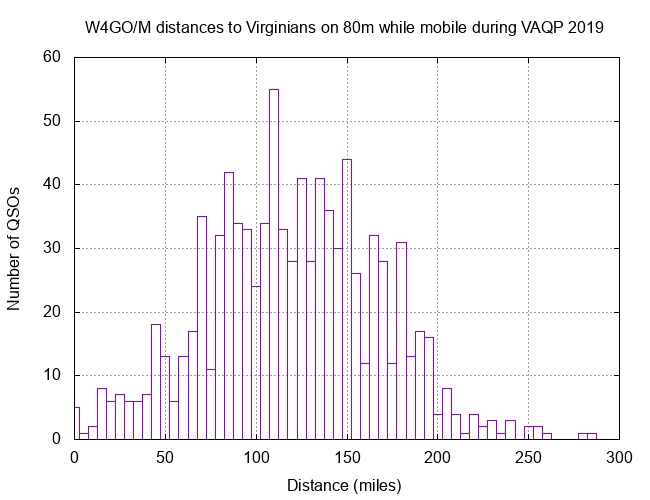
Out of the over 1800 QSOs reflected in both graphs above, over 1700 were with fixed stations… many reportedly with horizontal, NVIS friendly, low dipoles. Twenty-one stations were expeditions with portable antennas of unknown topology. Thirty were mobile to mobile contacts of long distances as shown in the next two figures.
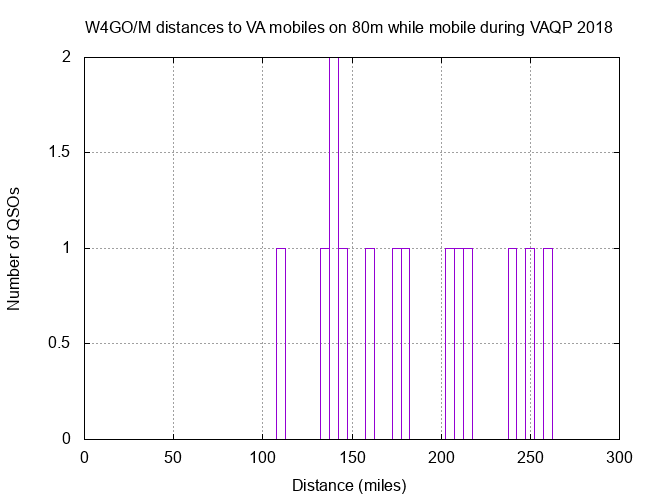
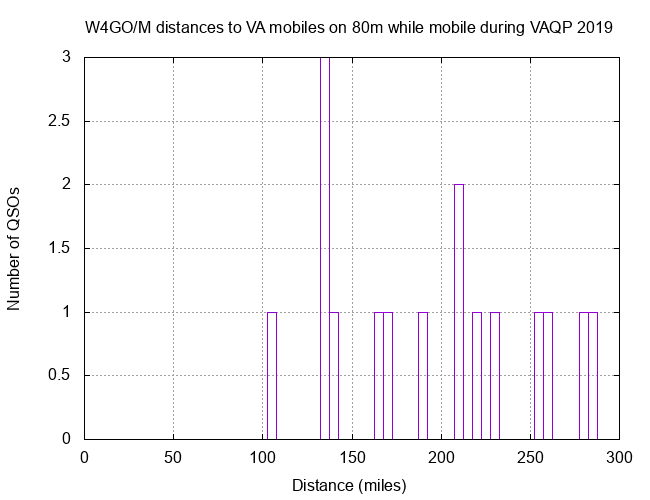
Quite a few of the mobiles W4GO worked were making the rounds in Northern Virginia while Matt’s route was much further south…
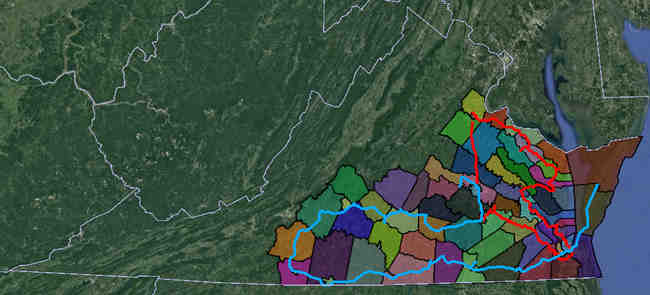
Regardless, groundwave isn’t going to cut it for these distances leaving little doubt NVIS was the active propagation.
With the above data in our minds, let’s continue this analysis with some observational notes by W4GO.
NVIS rules the roost
Often the question arises over how well any 40/80m mobile can utilize near-vertical incident skywave (NVIS) propagation. W4GO offers these observations on this question whether his contacts are groundwave or NVIS…
“My in-state and regional QSOs (200 watt and SSB) are definitely skywave. While I usually make a dozen or so longer-haul 80 m contacts (out to about 1200 mi) between sunset and when I shut down for sleep, the vast majority of my 80 m QSOs are at a distance of about 400 mi or less. I work the same stations in this radius repeatedly throughout daylight and early evening. Signals are consistently weaker for a few hours around midday. The same is true at times of ionospheric disturbance. When I hear fixed stations (most of whom have NVIS-optimal antennas) commenting about poor conditions on 80 m, I find I’m experiencing the same thing.”
These observations are not unique to W4GO.
So… what about ground wave?
The science behind the understanding of groundwave propagation is quite fascinating. Flip through the ITU’s handbook on Ground Wave Propagation for an introduction…
https://www.itu.int/dms_pub/itu-r/opb/hdb/R-HDB-59-2014-PDF-E.pdf
The above document’s figure 3 highlights propagation prospects over sea water. This document…
https://www.itu.int/dms_pubrec/itu-r/rec/p/R-REC-P.368-7-199203-S!!MSW-E.doc
… details the situation over a variety of surfaces. Summary… groundwave can work over 100km+ distances.
The key takeaway from the above is groundwave can play a role in the QSO ranges found in the Virginia QSO Party.
Key to understanding what propagation mode might be in use for a given radio circuit between Matt and the many fixed stations he contacted exists in the behavior of the signal, what antennas were used, etc.
Observations between W4GO/M and a fixed eastern short station
Matt continues his observations…
“I have an acquaintance located in Chesapeake with whom I arranged experiments on daytime 80 m propagation last year [2018], and who subsequently worked me a couple dozen times in the contest that year. He reported afterwards that in each instance along the route, from my driveway, 150 mi from him, to passing by about 10 mi from him, I was stronger on his 80 m horizontal loop, 25 ft above ground than on his inverted-L.”
The horizontal loop certainly favors NVIS giving credence this was the primary mode in play between Matt’s mobile and the Chesapeake fixed station. Matt continues…
“Other stations at 200 to 400 mi (and beyond) are routinely worked with strong signals under the right conditions. In the ca. 10 mi to 400 mi range, I do not see a closer-is-stronger correlation such as would be expected from groundwave propagation.”
This QSO party tests the limits of what groundwave might offer the radio circuit leaving little doubt Matt’s mobile works NVIS mode adequately to yield solid contacts.
Other observations of Matt’s performance
Matt was noticed during both 2018 and 2019 Virginia QSO Parties as noted by a few participants in their SOAPBOX: comments.
- “Our hearty thanks to 3 high-energy mobile ops; W4GO/M for 23 Qs and 12 mults, KJ4OAP/M for 13 Qs and 6 mults, and NB3A/M for 11 Qs and 4 mults. Thanks to other /M’s also, but those 3 stood out.” K3CCR 2018
- “Fun to chase VA mobiles for 28 “hard” mults. Thanks W4GO/M, KJ4OAP/M, AK2M/M, and AB4YK/M.” K3CCR 2019
- “W4GO/M did a spectacular job.” WB4HRL 2019
Matt wasn’t the only mobile roaming Virginia benefiting from NVIS propagation.
Conclusion
Low HF NVIS mobile obviously works. Reason’s why are up for debate, but the data seems solid.
Much is made about the null that exists above the typical 40/80m mobile vertical antenna. Simulations suggest this node’s angle from zenith shows a dependence on how the vertical is arranged with respect to the mass of the vehicle… the vehicle being responsible for radiation as well.
Let’s be clear… W4GO went to great lengths to squeeze every bit of efficiency possible from his mobile antenna setup. This attention to detail paid off. His signal while on the road was nothing short of spectacular to us following him over 200 miles away. He was one of the loudest signals on 80m mobile or fixed. Stunning.
The moral of the story is don’t let anyone suggest to you NVIS is impossible from a vehicle. The observational data from an NVIS reliant state QSO party confidently confirms it does work. Go for it.
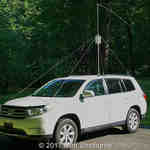
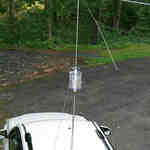
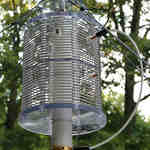
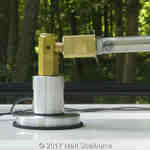
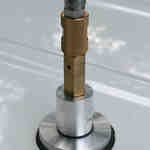
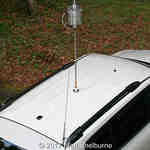
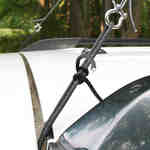
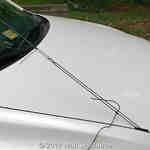
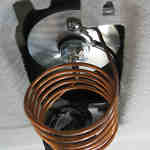
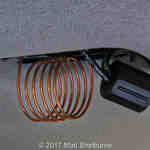
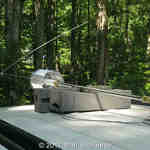
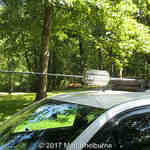
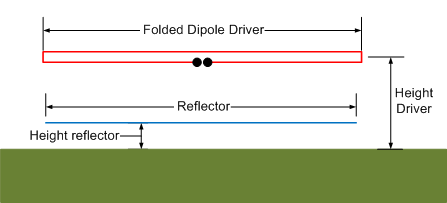
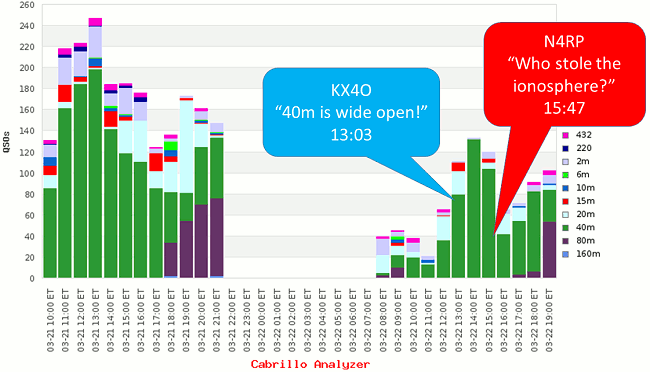
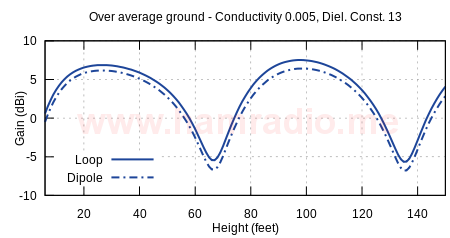
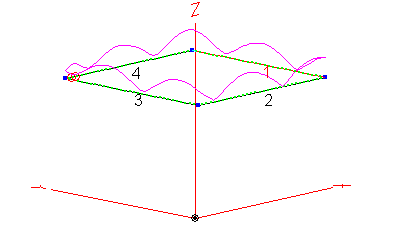
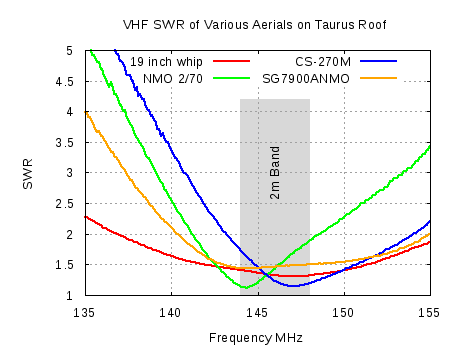
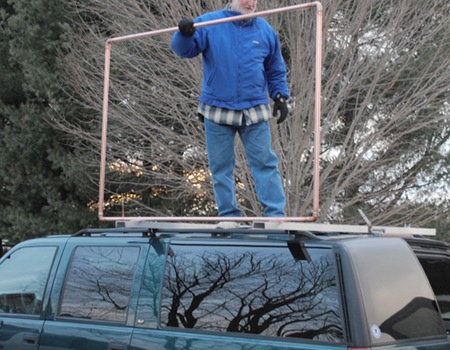
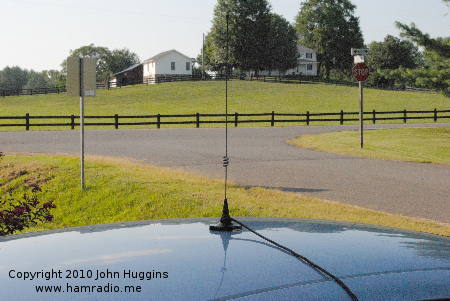
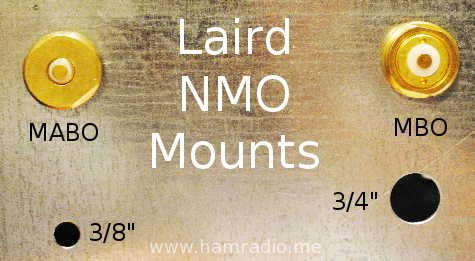
Thanks, John,
Great posts, always highly informative, love the pics.
73s,
Bob
W4EGJ